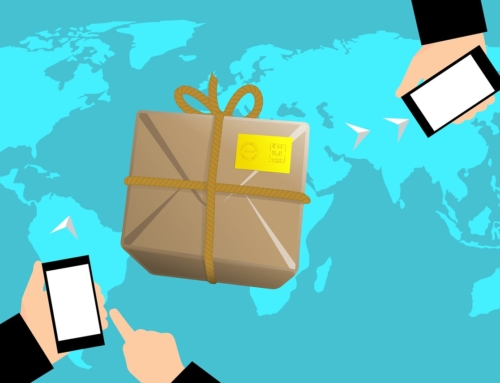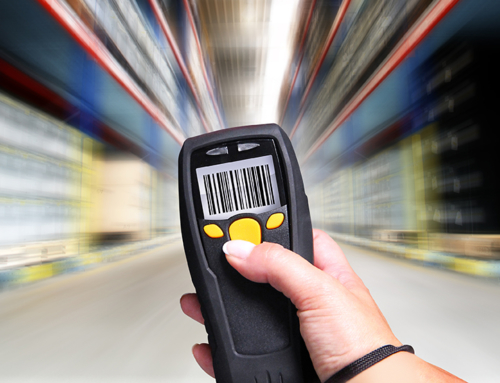Online sales are growing exponentially, with the National Retail Federation predicting total online sales for 2017 to total between $427 and $443 billion.
This is great news for eCommerce companies and bricks and clicks retailers, but it also creates a conundrum for them at the same time. Some segments see returns as high as 30 percent, which then must be fed back into inventory.
Just how those reverse logistics are handled can have a significant impact on the customer experience, influencing future sales and overall customer loyalty.
Striking a Balance Between Return Reduction and Experience
It wasn’t that long ago that returning an unwanted product often resulted in restocking fees of upwards of 20 percent of the cost of the item.
This helped cover the cost of putting it back on the shelf, the lost value or both. Today, online shoppers have made it clear that they won’t tolerate restocking fees, and they’re none too happy about having to pay for shipping to send things back, either.
That leaves the retailer to carry the burden of the cost of returns or risk losing long-term shoppers to competitors with more friendly return policies. Because reverse logistics is now a very real part of the customer journey, it’s important to carefully consider how your policies and protocol can impact future purchases.
Ponder points like:
- Your product descriptions and photos. Ultimately, how well your products are described will help determine how many of them are returned. If your photos are poorly lit, making it difficult to discern the color of a fabric, sizes are inaccurate or the items you’re moving are otherwise unlike the items listed on your site, you can expect a flurry of returns and complaints.Accuracy and detail are keys to success with improving the customer experience and reducing returns.
- Returns policy flexibility. Shoppers check the returns policy before they buy online, this is a known quantity. They want to be assured that if they buy something that isn’t right, they can send it back. This is where you start the balancing act.A too-strict policy can make it difficult for a busy shopper to get their package shipped back, but a too-lax policy may encourage them to procrastinate and result in lost value on a product that could have otherwise been resold for full price. Always make it easy by including prepaid smart labels, this will help your reverse logistics team and your customer!
- Speed of reverse logistics. If you included that smart label for your customer, you’ve already cut time off of how long it takes to process your returns. Smart labels let your returns management team know that a package is coming so they can quickly process it and get credits back to your shoppers fast.This is one place where you can really stand out from other companies that often take impossibly long to process credits for customers who are waiting to buy again.
Reverse logistics are just as important to the customer experience as forward logistics. If your shoppers feel certain that they can return a purchase that just isn’t right and that you’ll quickly credit their accounts, they’re much more likely to return and become extremely loyal for years to come.






Leave A Comment